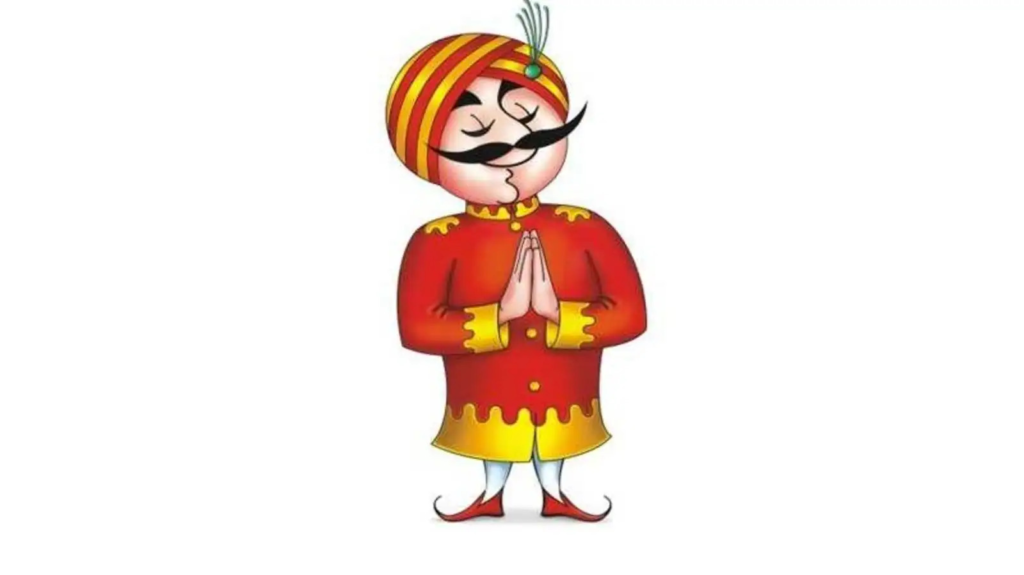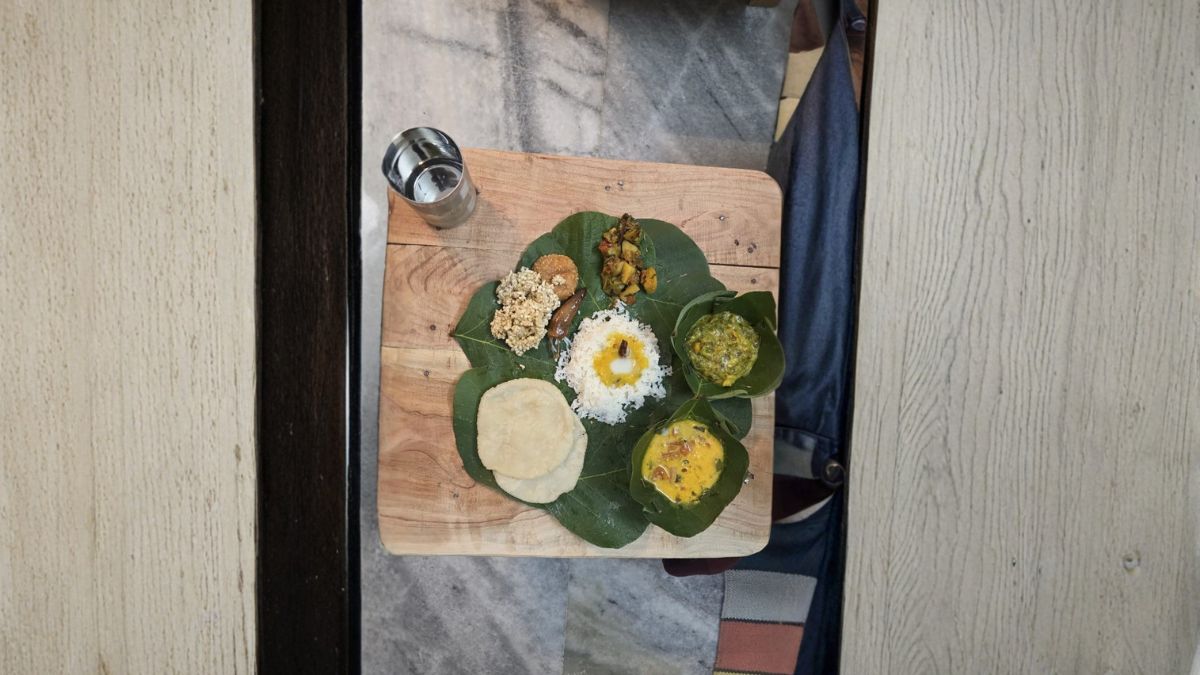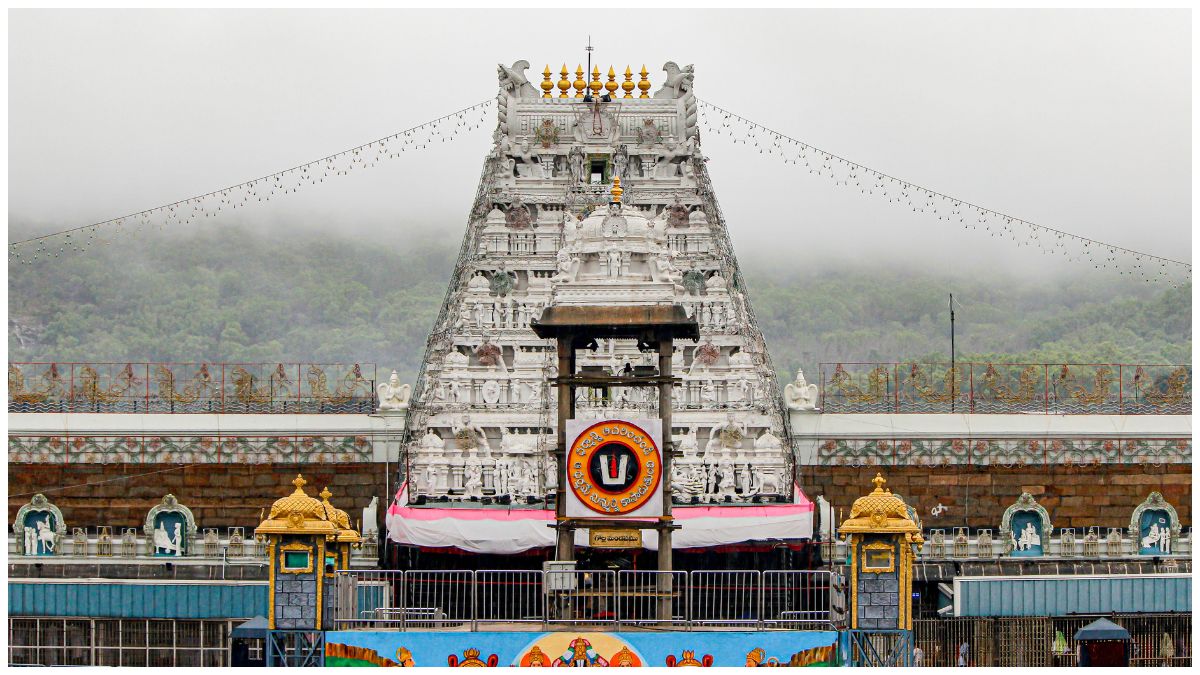Air India’s Famous Mascot, the Maharajah, Set to Retire
Air India‘s iconic mascot, the Maharajah, might soon bid farewell as the Tata Group initiates a long-awaited transformation of the national carrier’s brand. The Tata Group acquired Air India in January last year after its privatization, and now it is planning to revamp the airline’s identity.
According to insiders familiar with the matter, the Maharajah will no longer be the airline’s mascot, but its image might still find a place in airport lounges and premium classes. The Maharajah has been synonymous with Air India since 1946, alongside logos featuring the centaur, the rising sun, and a flying swan that have evolved over the decades.
As part of the rebranding effort, Air India will sport a new livery showcasing a combination of red, white, and purple. While red and white have been the airline’s traditional colors, the addition of purple draws inspiration from Vistara, which has gained significant goodwill during its eight-year tenure. As part of Tata Group’s consolidation of its airline businesses, Vistara is set to merge into Air India, possibly by March 2024. The new color scheme will debut on the Airbus A350 aircraft, scheduled to be introduced in November.
DGCA
Recent figures from the Directorate General of Civil Aviation (DGCA) show that Air India faced some challenges in June, experiencing the highest number of passenger delays, ranking second in passenger complaints among pan-India airlines (with SpiceJet topping the list), and placing fifth in terms of on-time flight performance among seven airlines.
To revamp Air India’s brand strategy, the airline has enlisted the expertise of the London-based brand and design consultancy firm Future Brand. Notable for its work with American Airlines, British luxury automobile brand Bentley, and the 2012 London Olympics, Future Brand aims to reimagine Air India’s identity, positioning it to compete with elite carriers such as Emirates and Qatar Airways.

Part of Tata Group’s Revamp
The unveiling of the new branding is scheduled for August, with extensive print and electronic media coverage. The advertising and marketing campaign will be led by Prasoon Joshi-led McCann World group.
The Maharajah, an endearing creation by Bobby Kooka in 1946 during his tenure as the airline’s commercial director, no longer aligns with the contemporary image Air India wishes to project. A person with knowledge of the developments stated that Air India’s goal is to become the preferred carrier for travelers flying in and out of India, including business travelers and corporate executives. While the Maharajah has been a successful symbol, its turbaned figure with an oversized mustache no longer resonates with this target demographic and has faced multiple reinterpretations over the years.
As part of the broader consolidation plan, Air India Express will absorb AirAsia India to form a low-cost carrier unit, and Vistara will merge into Air India to create a full-service airline. Consequently, the Vistara brand will be dissolved. Vistara, established in partnership with Singapore Airlines by Tata, holds a reputation for offering high-quality services but remains relatively unknown outside India. Therefore, while a touch of purple will remain on the tail and engine of the aircraft, the name itself will no longer be used.
Air India Group
In pursuit of improved standards, the Air India group, including the low-cost carrier Air India Express, will adopt Vistara’s standard operating procedures (SOPs) for flight safety and customer services. Vistara CEO Vinod Kannan shared that the airline’s high-quality standards, inspired by Singapore Airlines, have been acknowledged by Air India’s management, and efforts are underway to bring Air India to a similar level of excellence.
Since the Tata Group’s acquisition, Air India has been committed to enhancing its image among passengers. A cabin refurbishment plan is in progress, featuring new seats and the retirement of older aircraft throughout the next year.






